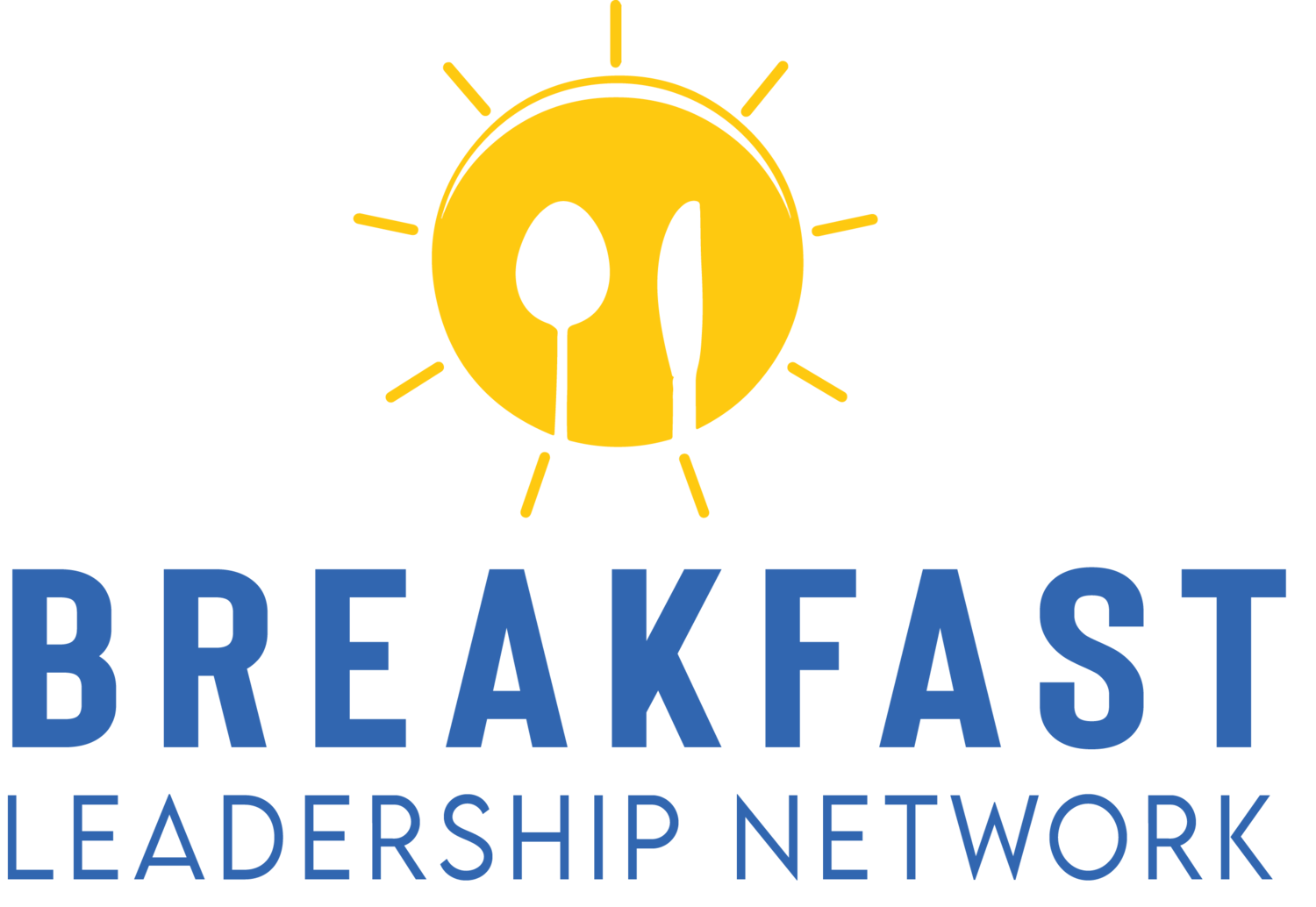What Modern Leaders Must Learn to Stay Ahead
Have you ever sat through a meeting and realized the loudest person wasn’t actually saying much?
In the past, leadership often meant taking charge, giving orders, and keeping things moving. Today, that playbook feels outdated. The world of work has changed—quickly. What teams expect from their leaders has changed too. Command and control doesn’t cut it anymore. Now, leadership looks more like guidance, curiosity, and adaptability.
We live in a time of hybrid offices, fast tech shifts, and rising workplace expectations. Team members don’t just want structure—they want meaning, flexibility, and support. A good leader today has to manage people, culture, change, and results all at once. And with trends like AI, digital collaboration, and skills-based hiring reshaping how we work, learning how to lead isn’t just helpful—it’s essential.
In this blog, we will share what modern leaders must learn to stay ahead, what’s changed in leadership expectations, and how to build the skills needed to stay relevant.
Outgrowing the Old Habits
Some leadership habits fade without anyone noticing. You might still believe that fast decisions show strength or that meetings mean progress. But old systems break down fast in new contexts. Leaders now need more than a strong voice—they need a sharper ear.
The basics have shifted. Listening is now a leadership skill, not just good manners. Building trust is no longer a side task—it’s the foundation. The leaders who thrive today are the ones who rethink their own habits, question what still works, and actively look for better tools.
That’s why many professionals are turning to online leadership programs—accessible, flexible pathways that build leadership skills without pausing careers. For example, St. Thomas University, located in Miami Gardens, Florida, offers fully online Doctor of Education programs in Educational Leadership. With multiple start dates, 100% online coursework, and a built-in dissertation process beginning in the first year, these programs allow working professionals to grow without uprooting their lives. STU’s mission to develop ethical leaders for life-long learning aligns with today’s demand for adaptable, informed decision-makers. Plus, with the same tuition rate for in-state and out-of-state students, and the option to transfer up to 18 credits, STU makes advanced leadership education more accessible than ever.
Why Curiosity Outranks Certainty
The best modern leaders don’t try to know everything. They ask better questions. They invite other voices. And they’re willing to admit when something isn’t working.
This can feel strange for people used to having all the answers. But curiosity isn’t weakness. It’s what helps leaders move with change instead of falling behind it. In a fast-paced environment, asking “what’s changing?” or “how can we improve this?” often leads to better results than giving fixed instructions.
And it’s not just about internal growth. Curiosity builds trust. Teams respond well to leaders who don’t pretend. It shows you’re learning with them, not above them.
Being Tech-Aware Is Now a Leadership Must
You don’t need to be a coder. But if you lead a team—or hope to—you should understand the tools that shape your industry. Technology touches every part of modern work. From AI-driven platforms to virtual collaboration tools, the way teams work is changing fast.
A leader who avoids learning new tech risks holding the team back. And in today’s world, that can cost time, money, and morale.
Instead, ask simple questions. What tools are people using? Do they help or slow us down? Is there a better way to track, share, or complete this work? Leaders don’t need to master every tool, but they do need to keep up enough to guide smart decisions.
Culture Isn’t a Trend—It’s the Framework
Workplace culture isn’t about free snacks or catchy slogans anymore. It’s about trust, safety, and purpose. People want to feel like their work matters and like their voices count.
This puts more pressure on leaders to model what good culture looks like. That means clear communication, fair feedback, and the ability to set the tone during hard moments. If leaders ignore culture, it grows on its own—and not always in good ways.
Setting healthy expectations, responding to problems quickly, and celebrating growth—all of these shape the work environment in powerful ways. And strong culture leads to stronger results.
Learning Is a Leadership Strategy
In the past, leadership growth happened through years of experience. Today, things move too fast for that alone. Ongoing learning is no longer optional. It’s how leaders stay sharp and stay useful.
This doesn’t have to mean going back to school full-time. It can mean taking a short course, joining a peer group, or reading new material each month. It can mean asking for feedback often and being open to changing your approach.
The key is consistency. The world is changing constantly. Leaders who keep learning don’t just catch up—they lead the way forward.
The bottom line? Modern leadership requires more than confidence or experience. It demands attention, humility, and a real effort to grow with your team and your industry.
It’s not about having all the answers. It’s about staying open to better ones. And in a world where expectations, tools, and people keep evolving, leaders who stay curious and willing to learn are the ones who stay ahead.
Leadership isn't static. And neither are the people doing it well.
